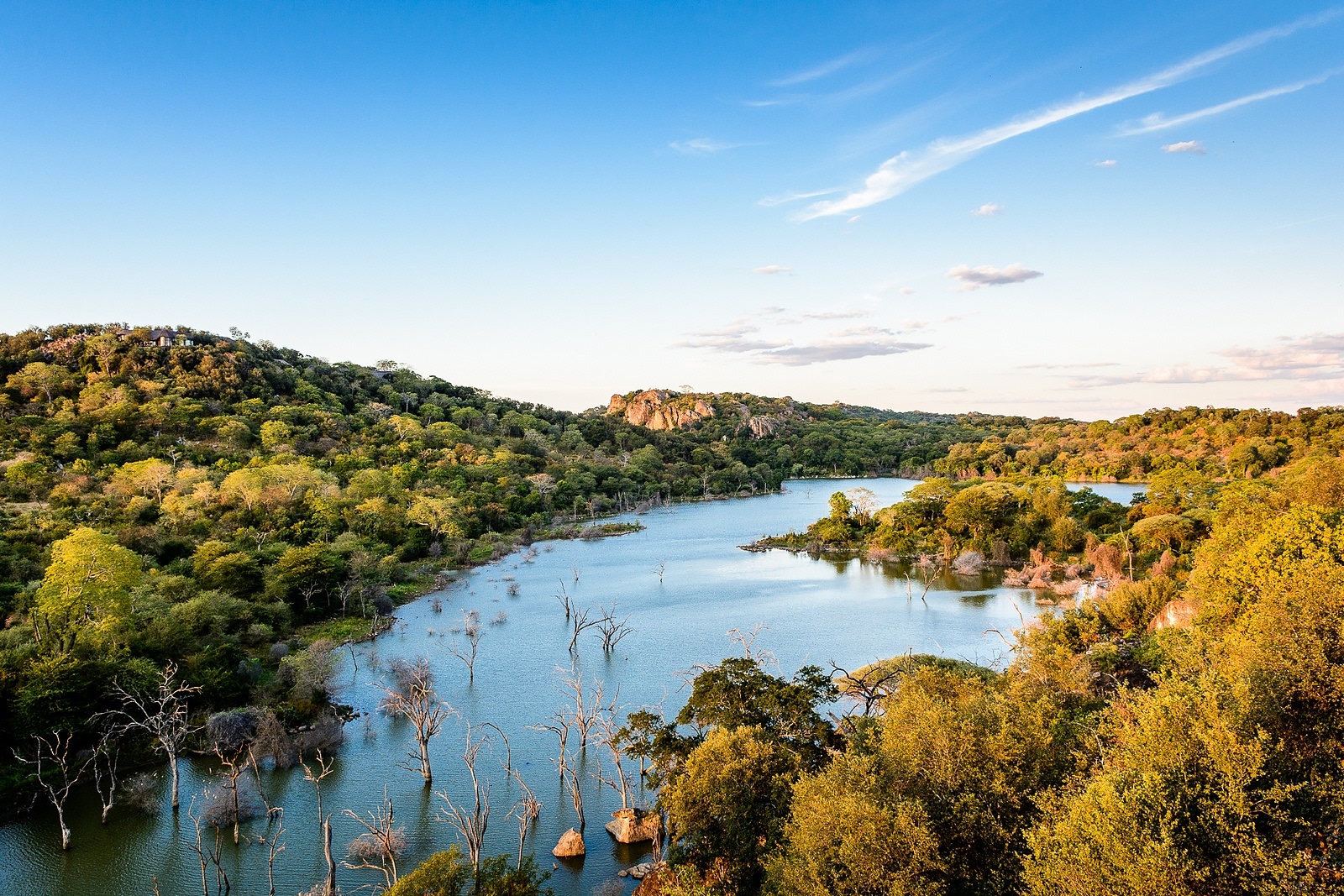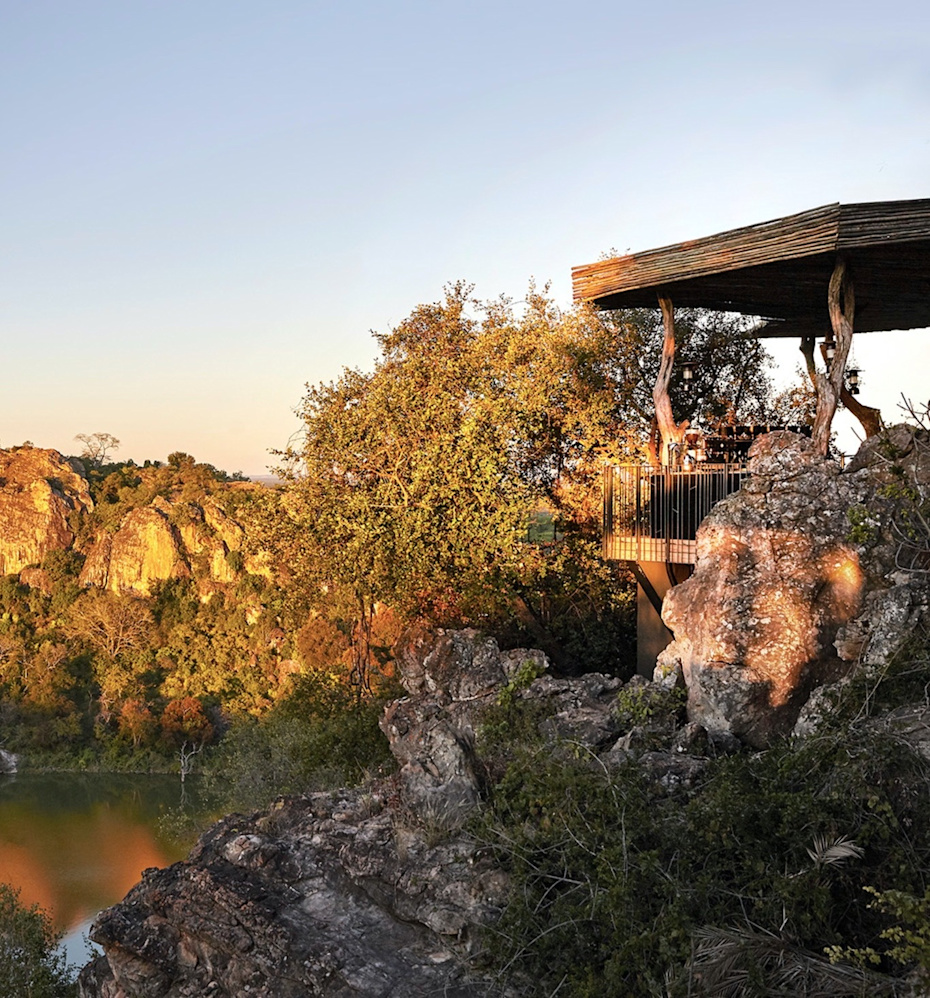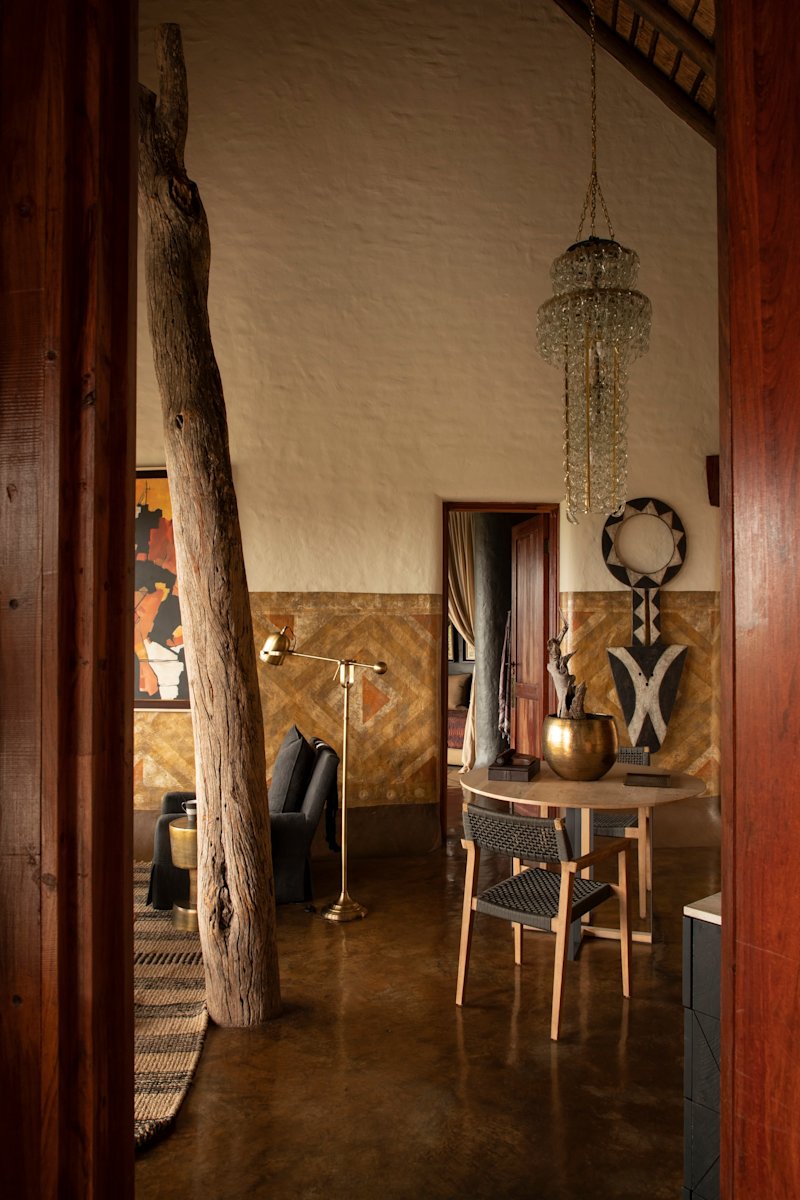
Malilangwe
In 1994, the not-for-profit Malilangwe Trust was established as a result of the largest ever single donor investment in Zimbabwe.

Singita Pamushana Lodge is the ecotourism arm of this (115,000 acre) reserve, and its role is to help foster the sustainability of the wildlife and broader ecology, while enabling guests to share the magic of the lodge and the Malilangwe Wildlife Reserve.
Singita manages the lodge on behalf of the trust and revenue from the lodge helps to sustain the conservation and community work in the area, allowing each guest who visits Singita Malilangwe to make a positive impact on this incredibly beautiful land and the people who live here. This Zimbabwean based and managed trust was set up to develop a blueprint for creating harmony between conservation initiatives and community development in villages that neighbour wildlife areas.

The initiatives in place in the area have been met with great success and each guest who visits Singita Pamushana Lodge makes a positive impact to this incredibly beautiful land and dynamic community.

RegionsAll Regions
LodgesAll Lodges
Dates
2025-06-26→2025-07-01
Guests2 Guests
Lodges in Malilangwe
Conservation at Singita Malilangwe
In addition to the benefits for the reserve, it is envisaged that lessons learned here will help to derive best practice protocols that will have application in other conservation initiatives.
As custodians of the Malilangwe Wildlife Reserve in Zimbabwe, the Malilangwe Trust manages the conservation of this pristine wilderness – which comprises 38 different habitats and ecological zones in 115,000 acres of protected land.
After successfully introducing 28 black and 15 white rhinos to the reserve in 1998, it is now home to a globally significant population of both and the programme has been so successful that it is a source for restocking rhinos in other reserves on the continent.
The Trust has developed a blueprint for creating harmony between conservation initiatives and community development in villages that neighbour wildlife areas and ensured a sanctuary for a wide range of wildlife, including breeding herds of rare antelope species such as sable and roan.
An onsite Environmental Education Centre for school teachers and children allows them to immerse themselves in Outdoor Education and fieldwork, while the Trust’s nutrition programme provides 20,000 children with a fortifying meal before school every day in order to address increasing food insecurity in the region.


